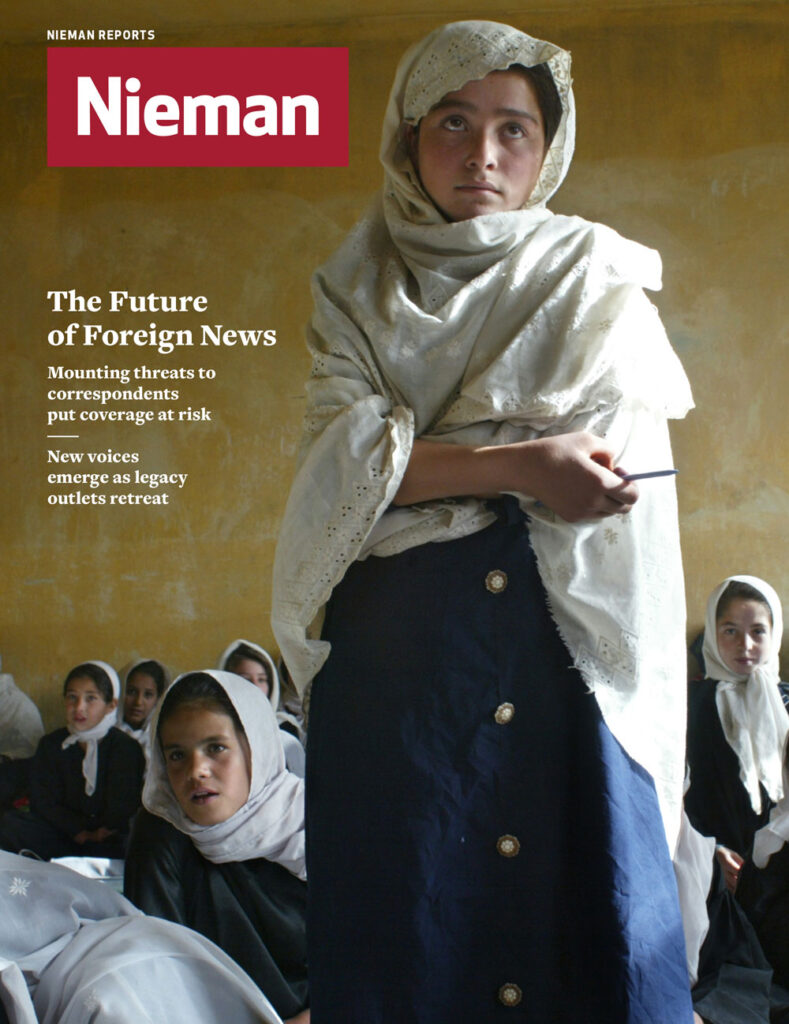In Romania, there is little tradition of deeply reported, well-told true stories, partly a result of an immature media culture, partly a symptom of 40-plus years of communism that has made people suspicious of sharing their lives with others.
In 2009, I was part of a group of daring journalists that launched Decât o Revistă, a magazine that aimed to build that tradition. We try to be as wide-reaching and in-depth as an Eastern European The New Yorker wannabe can.
To become better at the craft and spread this gospel, we in 2011 started an annual conference, The Power of Storytelling, where we mainly invite American storytellers to share inspiration and tips.
Over the years, we’ve learned something important. While some younger journalists responded eagerly, older ones didn’t, saying they already know how to write and report. And a growing number of attendees are non-journalists— various communication professionals, managers, entrepreneurs, activists, designers, and artists, all people who instinctively understand the power of stories. Every year the conference sells out. This past October 350 people packed the hall.
So we’ve come to think of this conference less as a journalism gathering, and more as a celebration of telling true stories. Most of our speakers are still reporters and writers, but we’ve broadened our exploration to look at the role of stories in art, values-driven marketing, and leadership. In a country that is still struggling to come to terms with its totalitarian past, we need new and better stories everywhere, so our communities can grow stronger, and people can become more trusting of one another.
In 2009, I was part of a group of daring journalists that launched Decât o Revistă, a magazine that aimed to build that tradition. We try to be as wide-reaching and in-depth as an Eastern European The New Yorker wannabe can.
To become better at the craft and spread this gospel, we in 2011 started an annual conference, The Power of Storytelling, where we mainly invite American storytellers to share inspiration and tips.
Over the years, we’ve learned something important. While some younger journalists responded eagerly, older ones didn’t, saying they already know how to write and report. And a growing number of attendees are non-journalists— various communication professionals, managers, entrepreneurs, activists, designers, and artists, all people who instinctively understand the power of stories. Every year the conference sells out. This past October 350 people packed the hall.
So we’ve come to think of this conference less as a journalism gathering, and more as a celebration of telling true stories. Most of our speakers are still reporters and writers, but we’ve broadened our exploration to look at the role of stories in art, values-driven marketing, and leadership. In a country that is still struggling to come to terms with its totalitarian past, we need new and better stories everywhere, so our communities can grow stronger, and people can become more trusting of one another.



